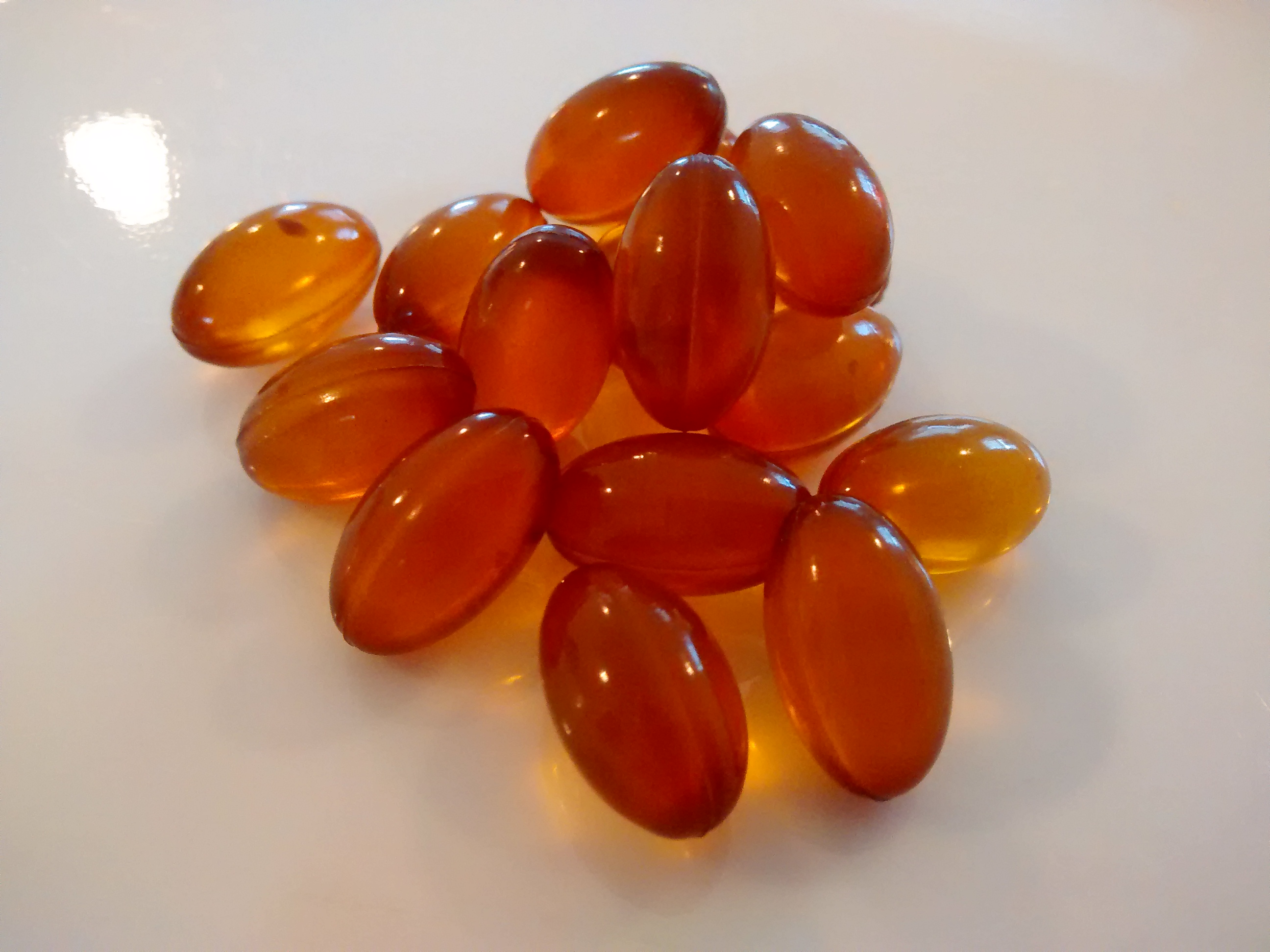|
Similac
Similac (for "similar to lactation") is a brand of infant formula that was developed by Alfred Bosworth of Tufts University and marketed by Abbott Laboratories. It was first released in the late 1920s, and then reformulated and concentrated in 1951. Today, Similac is sold in 96 countries worldwide. History * 1903 - Harry C. Moores and Stanley M. Ross launch the Moores & Ross Milk Company which specialized on bottling milk for home delivery. * 1925 - Alfred Bosworth creates an infant formula called “Franklin Infant Food”, later renamed to Similac. * 1928 - Company renames itself to "M &R Diatetic Laboratories", sells off its regular milk operations to Borden and focuses on infant milk. * 1950 - Company introduces "Similac Concentrated Liquid" in the USA, a non-powder infant formula. * 1959 - Company launches "Similac with Iron", an iron-fortified infant formula. * 1961 - Similac opens a new plant in The Netherlands, its first factory outside of the US * 1962 - Similac begins ... [...More Info...] [...Related Items...] OR: [Wikipedia] [Google] [Baidu] |
Infant Formula
Infant formula, baby formula, or simply formula (American English); or baby milk, infant milk or first milk (British English), is a manufactured food designed and marketed for feeding to babies and infants under 12 months of age, usually prepared for bottle-feeding or cup-feeding from powder (mixed with water) or liquid (with or without additional water). The U.S. Federal Food, Drug, and Cosmetic Act (FFDCA) defines infant formula as "a food which purports to be or is represented for special dietary use solely as a food for infants by reason of its simulation of human milk or its suitability as a complete or partial substitute for human milk". Manufacturers state that the composition of infant formula is designed to be roughly based on a human mother's milk at approximately one to three months postpartum; however, there are significant differences in the nutrient content of these products. The most commonly used infant formulas contain purified cow's milk whey and casein as a pr ... [...More Info...] [...Related Items...] OR: [Wikipedia] [Google] [Baidu] |
Abbott Laboratories
Abbott Laboratories is an American multinational medical devices and health care company with headquarters in Abbott Park, Illinois, United States. The company was founded by Chicago physician Wallace Calvin Abbott in 1888 to formulate known drugs; today, it sells medical devices, diagnostics, branded generic medicines and nutritional products. It split off its research-based pharmaceuticals business into AbbVie in 2013. The firm has also been present in India for over 100 years through its subsidiary Abbott India Limited, and it is currently India's largest healthcare products company. Among its well-known products across the medical devices, diagnostics, and nutrition product divisions are Pedialyte, Similac, BinaxNOW, Ensure, Glucerna, ZonePerfect, FreeStyle Libre, i-STAT and MitraClip. History Foundation and early history In 1888 at the age of 30, Wallace Abbott (1857–1921), an 1885 graduate of the University of Michigan, founded the Abbott Alkaloidal Company in ... [...More Info...] [...Related Items...] OR: [Wikipedia] [Google] [Baidu] |
Infant Formula
Infant formula, baby formula, or simply formula (American English); or baby milk, infant milk or first milk (British English), is a manufactured food designed and marketed for feeding to babies and infants under 12 months of age, usually prepared for bottle-feeding or cup-feeding from powder (mixed with water) or liquid (with or without additional water). The U.S. Federal Food, Drug, and Cosmetic Act (FFDCA) defines infant formula as "a food which purports to be or is represented for special dietary use solely as a food for infants by reason of its simulation of human milk or its suitability as a complete or partial substitute for human milk". Manufacturers state that the composition of infant formula is designed to be roughly based on a human mother's milk at approximately one to three months postpartum; however, there are significant differences in the nutrient content of these products. The most commonly used infant formulas contain purified cow's milk whey and casein as a pr ... [...More Info...] [...Related Items...] OR: [Wikipedia] [Google] [Baidu] |
2022 United States Infant Formula Shortage
In 2022, the United States experienced a severe shortage of infant formula as a result of the 2021–2022 global supply chain crisis compounded by a large scale product recall after two babies allegedly died after consuming Abbott infant formula, import restrictions, and market concentration. Unlike other food products, infant formula often does not have an available and acceptable substitute as a source of nutrition for those who rely on it. In addition to infants, the formula recalls affected non-infant medical patients who require nasogastric feeding or have certain other conditions. On May 14, nationwide out-of-stock rates were reported to be 43%, up from 31% two weeks prior; by May 22, they had surged to 70%, where they remained through the start of July. (''The Wall Street Journal'' states that the normal out-of-stock rate is 10%, while other sources say that in the first half of 2021, out-of-stock rates were 2%-8%.) In many places, store shelves were bare. Delaware, Kansas, ... [...More Info...] [...Related Items...] OR: [Wikipedia] [Google] [Baidu] |
Prenatal Vitamins
Prenatal vitamins, also known as prenatal supplements, are vitamin and mineral supplements intended to be taken before and during pregnancy and during postnatal lactation. Although not intended to replace a healthy diet, prenatal vitamins provide women of childbearing age with nutrients recognized by the various health organizations including the American Dietetic Association as helpful for a healthy pregnancy outcome. It may be appropriate to start taking prenatal vitamins once the woman enters childbearing age, however if a person is not pregnant or planning to become pregnant the Mayo Clinic does not recommend taking these supplements. Prenatal vitamins are similar to other multivitamins but do contain different amounts of specific nutrients to better suit the needs of an expecting mother. Customizations Vitamins and minerals such as folic acid, calcium, and iron are in higher concentrations, while nutrients such as vitamin A are reduced to reflect the current understanding ... [...More Info...] [...Related Items...] OR: [Wikipedia] [Google] [Baidu] |
Genetically Modified Organism
A genetically modified organism (GMO) is any organism whose genetic material has been altered using genetic engineering techniques. The exact definition of a genetically modified organism and what constitutes genetic engineering varies, with the most common being an organism altered in a way that "does not occur naturally by mating and/or natural recombination". A wide variety of organisms have been genetically modified (GM), from animals to plants and microorganisms. Genes have been transferred within the same species, across species (creating transgenic organisms), and even across kingdoms. New genes can be introduced, or endogenous genes can be enhanced, altered, or knocked out. Creating a genetically modified organism is a multi-step process. Genetic engineers must isolate the gene they wish to insert into the host organism and combine it with other genetic elements, including a promoter and terminator region and often a selectable marker. A number of techniques are a ... [...More Info...] [...Related Items...] OR: [Wikipedia] [Google] [Baidu] |
Prebiotic (nutrition)
Prebiotics are compounds in food that induce the growth or activity of beneficial microorganisms such as bacteria and fungi. The most common example is in the gastrointestinal tract, where prebiotics can alter the composition of organisms in the gut microbiome. Dietary prebiotics are typically nondigestible fiber compounds that pass undigested through the upper part of the gastrointestinal tract and stimulate the growth or activity of advantageous bacteria in the colon by acting as substrates for them. They were first identified and named by Marcel Roberfroid in 1995. Depending on the jurisdiction, they may have regulatory scrutiny as food additives for the health claims made for marketing purposes. Common prebiotics used in food manufacturing include beta-glucan from oats and inulin from chicory root. Definition The definition of prebiotics and the food ingredients that can fall under this classification, has evolved since its first definition in 1995. In its earliest defi ... [...More Info...] [...Related Items...] OR: [Wikipedia] [Google] [Baidu] |
Antioxidant
Antioxidants are compounds that inhibit oxidation, a chemical reaction that can produce free radicals. This can lead to polymerization and other chain reactions. They are frequently added to industrial products, such as fuels and lubricants, to prevent oxidation, and to foods to prevent spoilage, in particular the rancidification of oils and fats. In cells, antioxidants such as glutathione, mycothiol or bacillithiol, and enzyme systems like superoxide dismutase, can prevent damage from oxidative stress. The only dietary antioxidants are vitamins A, C, and E, but the term ''antioxidant'' has also been applied to numerous other dietary compounds that only have antioxidant properties in vitro, with little evidence for antioxidant properties in vivo. Dietary supplements marketed as antioxidants have not been shown to maintain health or prevent disease in humans. History As part of their adaptation from marine life, terrestrial plants began producing non-marine antioxi ... [...More Info...] [...Related Items...] OR: [Wikipedia] [Google] [Baidu] |
Nucleotide
Nucleotides are organic molecules consisting of a nucleoside and a phosphate. They serve as monomeric units of the nucleic acid polymers – deoxyribonucleic acid (DNA) and ribonucleic acid (RNA), both of which are essential biomolecules within all life-forms on Earth. Nucleotides are obtained in the diet and are also synthesized from common nutrients by the liver. Nucleotides are composed of three subunit molecules: a nucleobase, a five-carbon sugar (ribose or deoxyribose), and a phosphate group consisting of one to three phosphates. The four nucleobases in DNA are guanine, adenine, cytosine and thymine; in RNA, uracil is used in place of thymine. Nucleotides also play a central role in metabolism at a fundamental, cellular level. They provide chemical energy—in the form of the nucleoside triphosphates, adenosine triphosphate (ATP), guanosine triphosphate (GTP), cytidine triphosphate (CTP) and uridine triphosphate (UTP)—throughout the cell for the many cellular func ... [...More Info...] [...Related Items...] OR: [Wikipedia] [Google] [Baidu] |
Vitamin E
Vitamin E is a group of eight fat soluble compounds that include four tocopherols and four tocotrienols. Vitamin E deficiency, which is rare and usually due to an underlying problem with digesting dietary fat rather than from a diet low in vitamin E, can cause Neurological disorder, nerve problems. Vitamin E is a fat-soluble antioxidant which may help protect cell membranes from reactive oxygen species. Worldwide, government organizations recommend adults consume in the range of 3 to 15 mg per day. As of 2016, consumption was below recommendations according to a worldwide summary of more than one hundred studies that reported a median dietary intake of 6.2 mg per day for alpha-tocopherol. Population studies suggested that people who consumed foods with more vitamin E, or who chose on their own to consume a vitamin E dietary supplement, had lower incidence of cardiovascular diseases, cancer, dementia, and other diseases. However, placebo-controlled clinical trials using ... [...More Info...] [...Related Items...] OR: [Wikipedia] [Google] [Baidu] |
Lutein
Lutein (;"Lutein" . from ''luteus'' meaning "yellow") is a and one of 600 known naturally occurring carotenoids. Lutein is synthesized only by plants, and like other xanthophylls is found in high quantities in [...More Info...] [...Related Items...] OR: [Wikipedia] [Google] [Baidu] |
Docosahexaenoic Acid
Docosahexaenoic acid (DHA) is an omega-3 fatty acid that is a primary structural component of the human brain, cerebral cortex, skin, and retina. In physiological literature, it is given the name 22:6(n-3). It can be synthesized from alpha-linolenic acid or obtained directly from maternal milk (breast milk), fatty fish, fish oil, or algae oil. DHA's structure is a carboxylic acid (-''oic acid'') with a 22-carbon chain (''docosa-'' derives from the Ancient Greek for 22) and six (''hexa-'') ''cis'' double bonds (''-en-''); with the first double bond located at the third carbon from the omega end. Its trivial name is cervonic acid (from the Latin word ''cerebrum'' for "brain"), its systematic name is ''all-cis''-docosa-4,7,10,13,16,19-hexa-enoic acid, and its shorthand name is 22:6(n−3) in the nomenclature of fatty acids. Most of the docosahexaenoic acid in fish and multi-cellular organisms with access to cold-water oceanic foods originates from photosynthetic and heterotroph ... [...More Info...] [...Related Items...] OR: [Wikipedia] [Google] [Baidu] |





